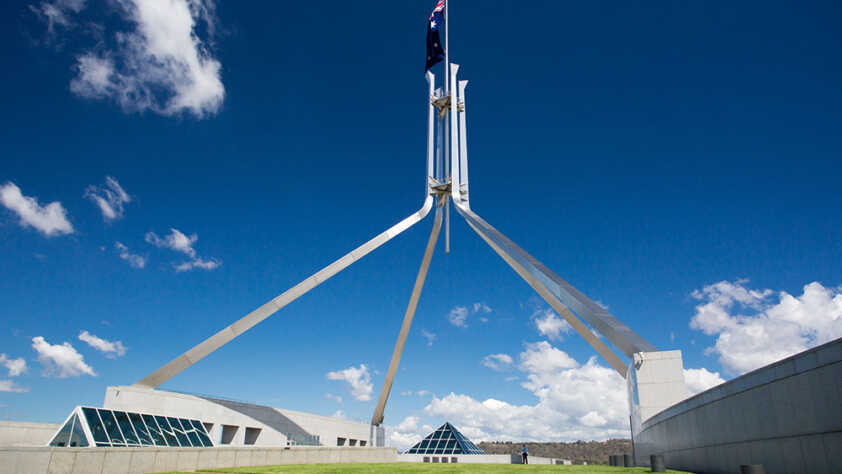“The modelling … indicates the WA resources sector supports three in 10 jobs across our state and accounts for 9 per cent of the nation’s GDP.”
Aaron Walker, Senior Economist
Data commissioned and released today by the Chamber of Minerals and Energy of WA (CME) shows a record $132 billion in direct spending by the WA resources sector in Australia, up 32 per cent from the previous year.
CME’s latest annual Economic Contribution Factsheets show direct economic contribution in WA had also increased significantly, surpassing $77 billion – or the equivalent of almost $27,000 per Western Australian – which is more than a 30 per cent increase on last year’s survey.
CME Senior Economist, Aaron Walker, said the sector’s economic contribution to the state accounted for approximately half of WA’s economic activity and capital expenditure, and close to 90 per cent of our goods exports.
“These figures highlight the sector’s current contribution to Western Australia and its regions, and reinforce the role of the resources industry in WA’s future,” said Mr Walker.
“The survey results show that 15,508 individual local businesses, 1,312 community organisations and over half of WA’s 137 local governments directly benefited from spending by the industry over the last year. That supports an estimated 340,000 full-time equivalent jobs across the remainder of the economy.
“The findings demonstrate that all West Australians benefit from the industry’s activity, and I think that’s an important output of this survey. There’s a ripple effect of benefits that become increasingly valuable at a time when the cost of living is on the rise.
“The modelling also indicates the WA resources sector supports three in 10 jobs across our state and accounts for 9 per cent of the nation’s GDP.”
CME Chief Executive, Rebecca Tomkinson, said it was important to note that the data confirming the contributions of the resources sector came at a time of substantial federal reform.
She said there would be major ramifications for the resources sector – and by default the state and national economies – if reforms weren’t managed effectively and industry not consulted appropriately.
“If the Federal Government gets it wrong, it risks not only the ongoing economic contribution of the sector’s existing operations, but also $93 billion in future investment projects and associated jobs,” said Ms Tomkinson.
Fact file
- The CME member survey included 49 companies, directly employing 98,482 full-time Australians and contributing $132 billion to the nation’s economy (32% higher than last year’s survey).
- A total of $33 billion in corporate taxes (includes company tax, FBT, PRRT and excise duty) was paid by those surveyed, representing 20% of Australia’s corporate taxes – this is equivalent to the Australian Government’s spending on government and non-government primary and secondary schools in 2022-23. Since CME first started collecting this data point in its surveys in 2014-15, contribution via corporate taxes from the WA resources sector has tripled).
- $14 billion in royalties, payroll taxes and other payments were made to the WA Government, representing 33% of the government’s general revenue.
- WA’s resources sector alone accounted for 9% of the nation’s GDP (including both direct economic contribution of $131 billion and the indirect economic contribution of $101 billion.
- Most industry workers live in the City of Mandurah (over 6,200 full-time workers), followed by the City of Perth (5,900), Town of Vincent (5,700), City of Wanneroo (5,500), City of Stirling (5,300) and City of Rockingham (5,300).
- Another 15 local councils in the Perth metropolitan region are home to thousands of industry workers.
- 6,800 workers live in the Pilbara region.
- 3,300 workers live in the Goldfields-Esperance region.
<ENDS> Media contact: Natasha Mutch



